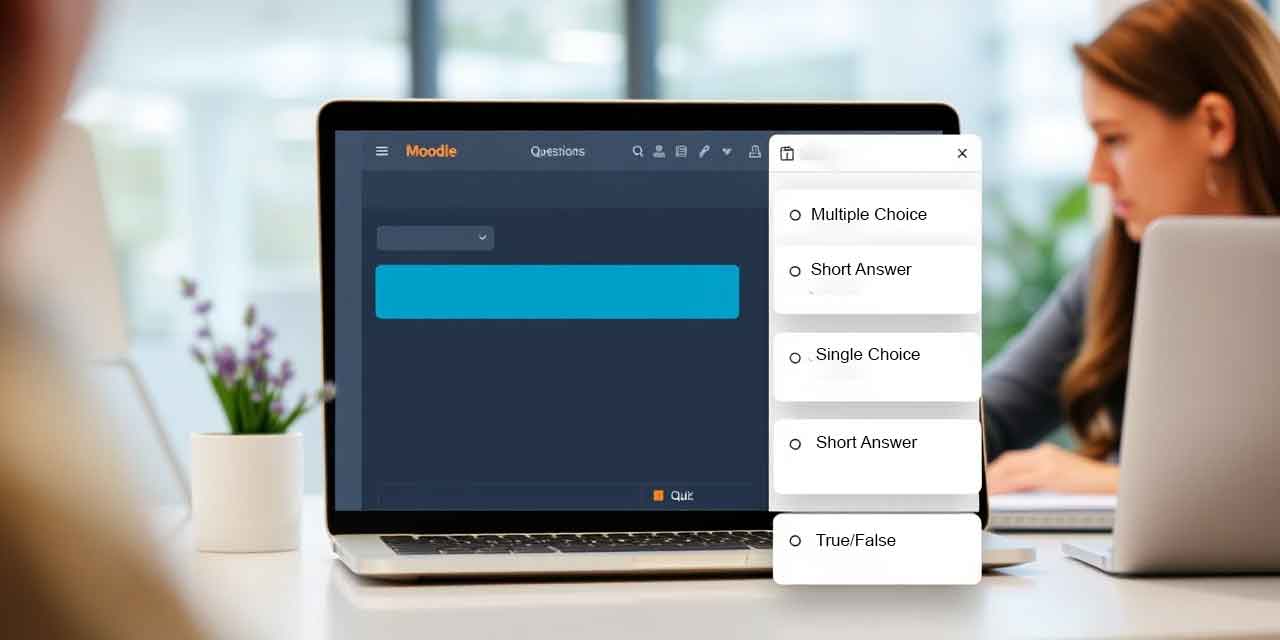Water safety is a matter of life and death, especially in communities surrounded by lakes, rivers, and oceans. Every year, countless lives are lost due to water-related accidents. But what if we could prevent these tragedies? Effective education is key, and that’s where Moodle for Water Safety Education comes in. By harnessing the power of Moodle, educators can deliver comprehensive, engaging, and accessible water safety training. In this blog post, we’ll dive into the benefits, features, and strategies for implementing Moodle Water Safety Education, empowering you to make a difference in your community.
Table of Contents
Benefits of Using Moodle for Water Safety Education
1. Accessibility: Moodle provides 24/7 access to training materials, allowing learners to engage with content at their convenience, which is especially useful for reaching a broader audience.
2. Interactive Learning: The platform supports multimedia content, such as videos, simulations, and interactive quizzes, making learning more engaging and effective.
3. Scalability: Moodle can handle a large number of users, making it suitable for widespread water safety campaigns and training programs.
4. Tracking Progress: Educators can track learner progress and performance through Moodle’s robust reporting and analytics tools, ensuring that the training is effective.
5. Cost-Effective: Online education via Moodle reduces the need for physical materials and in-person sessions, cutting down costs while maintaining high educational standards.
Key Features of Moodle for Water Safety Education
1. Multimedia Content Integration:
– Videos and Simulations: Embed instructional videos demonstrating water safety techniques and simulations that mimic real-life water scenarios.
– Interactive Modules: Create interactive learning modules that include drag-and-drop activities, quizzes, and virtual environments to practice safety procedures.
2. Course Structuring:
– Modular Courses: Design courses in modules, covering various aspects of water safety such as swimming techniques, rescue procedures, and first aid.
– Learning Paths: Develop customized learning paths for different audiences, such as children, adults, and professional rescuers.
3. Assessment Tools:
– Quizzes and Exams: Use quizzes and exams to assess knowledge retention and understanding of water safety principles.
– Practical Assignments: Assign practical tasks that require learners to demonstrate their skills, either through video submissions or in-person evaluations.
4. Collaborative Learning:
– Discussion Forums: Facilitate discussion forums where learners can share experiences, ask questions, and discuss water safety topics.
– Peer Review: Implement peer review activities where learners can evaluate each other’s understanding and provide feedback.
5. Certification and Badges:
– Completion Certificates: Issue certificates upon successful completion of courses, which can be useful for professional development and compliance.
– Digital Badges: Award digital badges for achieving specific milestones, motivating learners to progress through the training.
Implementing Moodle for Water Safety Education
1. Course Development:
– Collaborate with water safety experts to develop comprehensive and accurate course content.
– Use a variety of content formats to cater to different learning preferences and ensure engagement.
2. Engagement Strategies:
– Incorporate gamification elements such as quizzes, badges, and leaderboards to make learning more engaging.
– Use real-life case studies and testimonials to illustrate the importance of water safety and its real-world impact.
3. Monitoring and Feedback:
– Regularly monitor learner progress through Moodle’s analytics tools to identify areas where learners may be struggling.
– Provide timely feedback and support to help learners improve and understand key concepts better.
4. Continuous Improvement:
– Collect feedback from learners about the course content and delivery methods to continuously improve the training.
– Update the courses regularly to reflect the latest best practices and research in water safety.
5. Promotion and Accessibility:
– Promote the courses through various channels such as social media, community centers, and partnerships with schools and organizations.
– Ensure that the courses are accessible to all learners, including those with disabilities, by following best practices for online accessibility.
Conclusion
Discover the power of Moodle for Water Safety Education, a flexible, engaging, and scalable solution to a pressing public health concern. By harnessing Moodle’s robust features, educators can craft effective training programs that reach a broad audience, promoting water safety awareness and saving lives. To learn more about leveraging technology for water safety education, explore the American Red Cross’s Water Safety resources. With thoughtful implementation and continuous improvement, Moodle can become a vital tool in preventing water-related accidents and promoting a culture of water safety.



